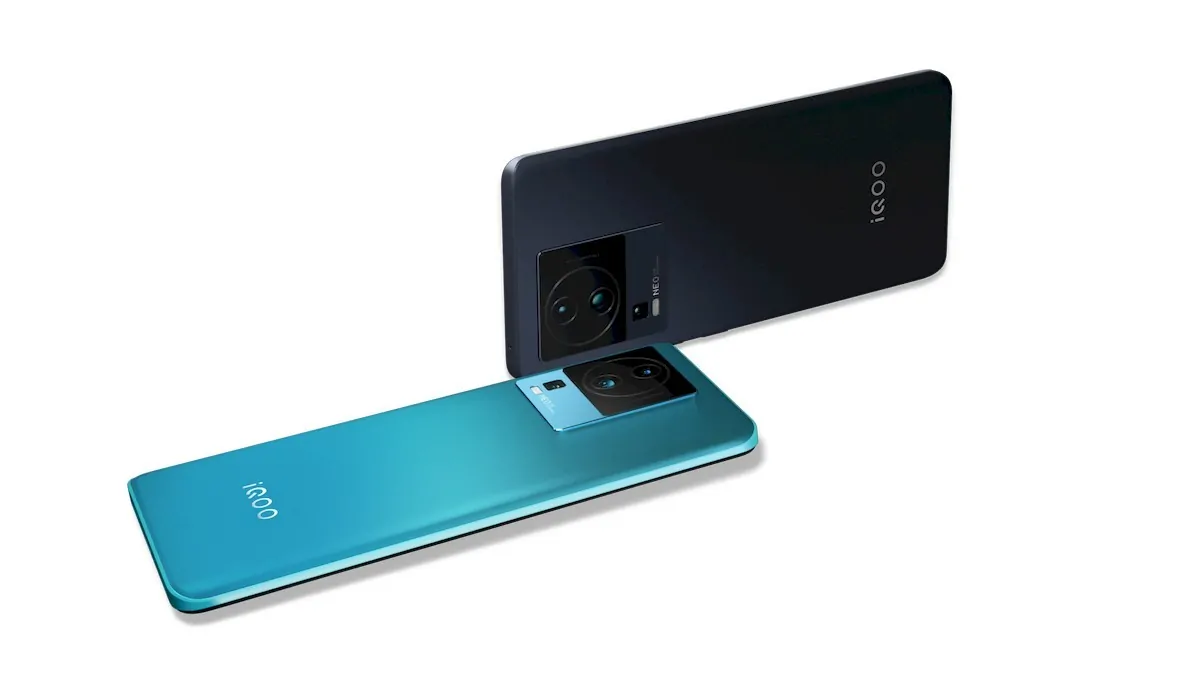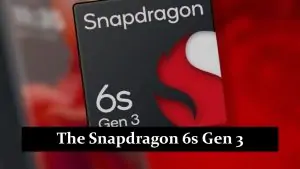The Red Magic 9S Pro Plus launched in July and quickly topped AnTuTu’s charts for August. It uses Qualcomm‘s Snapdragon 8 Gen 3 chipset, model SM8650-AC, with a gaming cooling system. This powerful combination helped it achieve the highest scores in the flagship category.
Following it is the OnePlus Ace 3 Pro in second place, and iQOO Neo9S Pro+ in third. The Asus ROG Phone 8 Pro, previously number one, now ranks in fourth place. The iQOO Neo9S Pro is fifth, followed by the Redmi K70, vivo X100 Ultra, vivo X100 Pro, vivo X100, and OnePlus 12.
Notably, six out of the top ten flagship phones are powered by Snapdragon 8 Gen 3 chipsets. Meanwhile, the other four utilize MediaTek’s Dimensity 9300 or 9300+ processors, further highlighting the fierce competition in the flagship market.
In the upper-midrange category, Snapdragon 7+ Gen 3 continues to dominate with no real challengers. The OnePlus Ace 3V and Realme GT Neo6 SE hold the first two spots. The Redmi K70E with Dimensity 8300-Ultra ranks third, and the Realme GT Neo5 SE, powered by Snapdragon 7+ Gen 2, is fourth. The Redmi Note 12 Turbo, also using Snapdragon 7+ Gen 2, is fifth.
The remaining top ten upper-midrange phones include the iQOO Z8 (Dimensity 8200), iQOO Neo7 SE (Dimensity 8200), OnePlus Ace (Dimensity 8100-Max), Redmi Note 12T Pro (Dimensity 8200), and Oppo K10 5G (Dimensity 8000-Max).
The Red Magic 9S Pro+ sets a new benchmark in smartphone performance, leading in AnTuTu’s charts. This achievement shows how important powerful chipsets and cooling systems are for mobile devices today.






